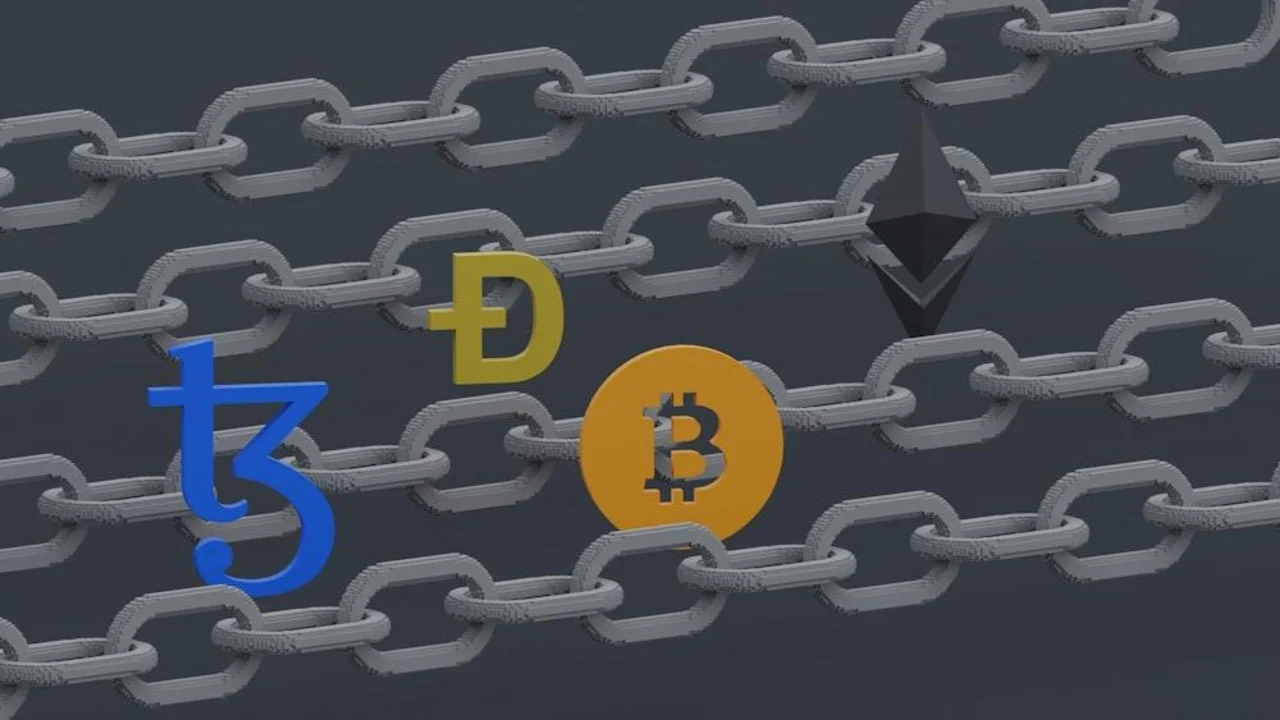Fashion is one of the most accessible ways for self-expression for people from all over the world. Even the people who say they’re not keen on trends are still following the fashions and styles they find appealing. The global revenue of the industry is well over $1 trillion, so there is naturally tremendous competition among brands and manufacturers, as well as among the consumers themselves. Companies and retailers are beginning to look into alternative forms of payment to make online shopping more accessible. Crypto has become an answer for many, leading buyers to improve their crypto literacy and learn how to buy Bitcoin p2p to facilitate transactions. Apart from the economic impact and creativity, fashion also has considerable cultural influence, being distinctive for people from all over the world.
Different materials are used depending on region, and the color palettes vary as well. The history of fashion also shows how much clothing has changed through millennia, as well as how much it has stayed the same. For instance, before the modern trend for ripped jeans and frayed hems, there were the slashed sleeves of the Early Modern Period. With that in mind, it’s simple to see why the industry is set for continuous growth and development. Understandably, the next step will be in the world of tech, with the blockchain being the freshest addition.
Authenticity
Perhaps the most noteworthy advantage of using the blockchain is the ability to provide better authenticity and transparency across the fashion industry. Due to the blockchain’s unique features, it can provide solutions to some of the most pressing issues impacting markets nowadays: the distribution of fake and counterfeited items. In fact, using the blockchain might be the only way to ensure that supply chains can consistently deliver actual, high-quality products to customers. When counterfeits infiltrate areas of legitimate production, there are concerns that business reputation can suffer since buyers are not getting what they paid for.
The blockchain can create immutable records that cannot be modified or altered in any way following creation so that all steps of the manufacturing process and ownership are crystal clear for anyone who wants to choose. This is especially important for high-end brands, where price tags are quite elevated, and counterfeits remain a primary concern.
Sustainability
Apart from being able to offer indisputable proof that a product is genuine, the blockchain can also foster better sustainability practices. Since there’s no way to openly keep track of all steps of the process nowadays, some producers have succeeded in getting away with unethical manufacturing practices in the past. Buyers are increasingly conscious, and many are aware of the impact the things they buy have on the environment.
The blockchain can be used to create a comprehensive record of an item’s journey, from the sourcing of the raw materials down to the production lines, the labor conditions, and the carbon footprint associated with the garment, including water, pesticide, and chemical usage, as well as the emissions resulting from transportation. This way, consumers can be confident that they’re making the more ethical choice, and modify their shopping practices in order to guarantee they abide by their own standards.
Payments
As ecommerce and online shopping are gaining traction among members of the general public, alternative payment methods are also becoming more popular. Several brands and retailers have started incorporating cryptocurrency payment options at checkout, to the delight of traders who enjoy spending their hard-earned digital coins for real-life purposes. This means that shoppers can use their crypto to purchase accessories, clothing, and footwear.
While cyber money is not yet enjoying the same mainstream appeal as fiat currencies, its popularity is no joke, especially considering that it has been around for so little compared to other assets. As time passes, crypto will also become more reliable, which is good news for investors as they won’t have to deal with volatility anymore. It also means that it can be used for daily purchases more often as well, instead of being solely the domain of trading platforms and exchanges.
Ownership
The advent of cryptocurrencies has also changed the fundamental concept of ownership. The emergence of non-fungible tokens is the most straightforward example, as it allows the tracking of a physical asset even after it has been transferred to a new owner. Naturally, this also means that NFTs can make the reselling process more accessible and seamless, evening out any bumps in the road that may occur. The development of Web3 features and avatars tied to the tokens has also ushered in the creation of digital fashion marketplaces that allow users to sell, buy, and even trade garments.
Enthusiasts can curate digital wardrobes and have developed a market that deals with digital apparel. While this is naturally still a niche environment, and it will definitely take more time until it reaches its full potential, it is still clear to see how complex the industry is becoming. Digital fashion is clothing built using 3D software and computer tech and can reduce environmental impact and physical production. It also makes room for more creativity since it can disregard the laws of physics that govern apparel, which exists in real life.
The future
Technology is the primary driver of progress and development across all industry areas. Fashion is naturally no exception to the rule. The incoming Web3 will most likely make room for a new internet era, one that is based on fully decentralized platforms. Traditional methods will more likely be integrated into the latest systems as well so that the process can benefit from seamlessness instead of massive disruption.
Fashion has always been intuitive, but the blockchain can make it more efficient and sustainable. In addition to that, shopping will become more secure for the average consumer, and it can seem like the switch cannot come fast enough. However, these developments aren’t bad news for those who are forever attached to physical fashion, as the blockchain will bring more resources to the industry, making it flourish.
When it comes to fashion, the future truly looks great.

Ruby Stauffer is a prominent technology blogger known for her insightful analysis and in-depth reviews of the latest tech trends and gadgets. Her blog has become a go-to resource for tech enthusiasts seeking reliable information and expert opinions on the ever-evolving world of technology.

